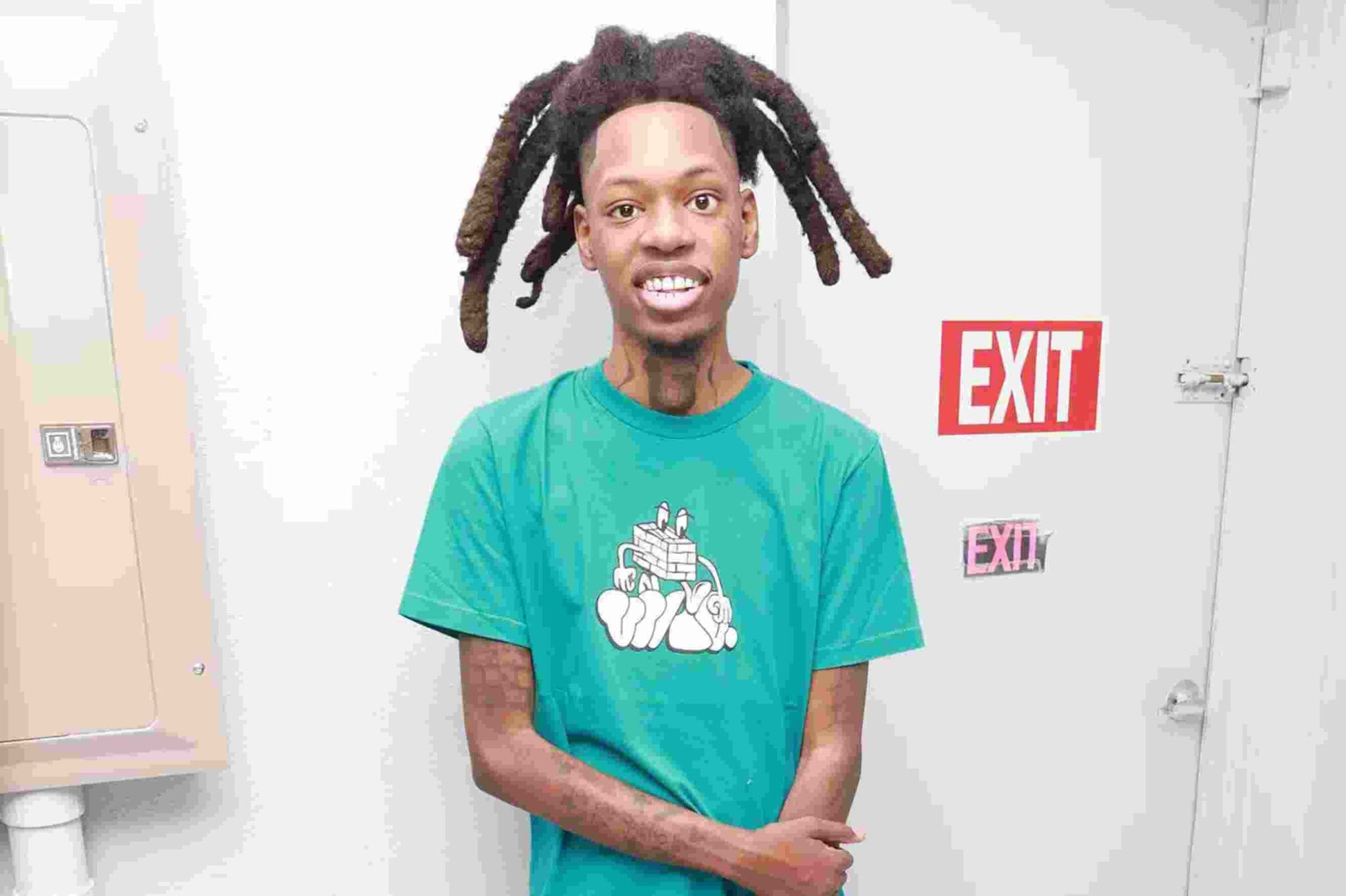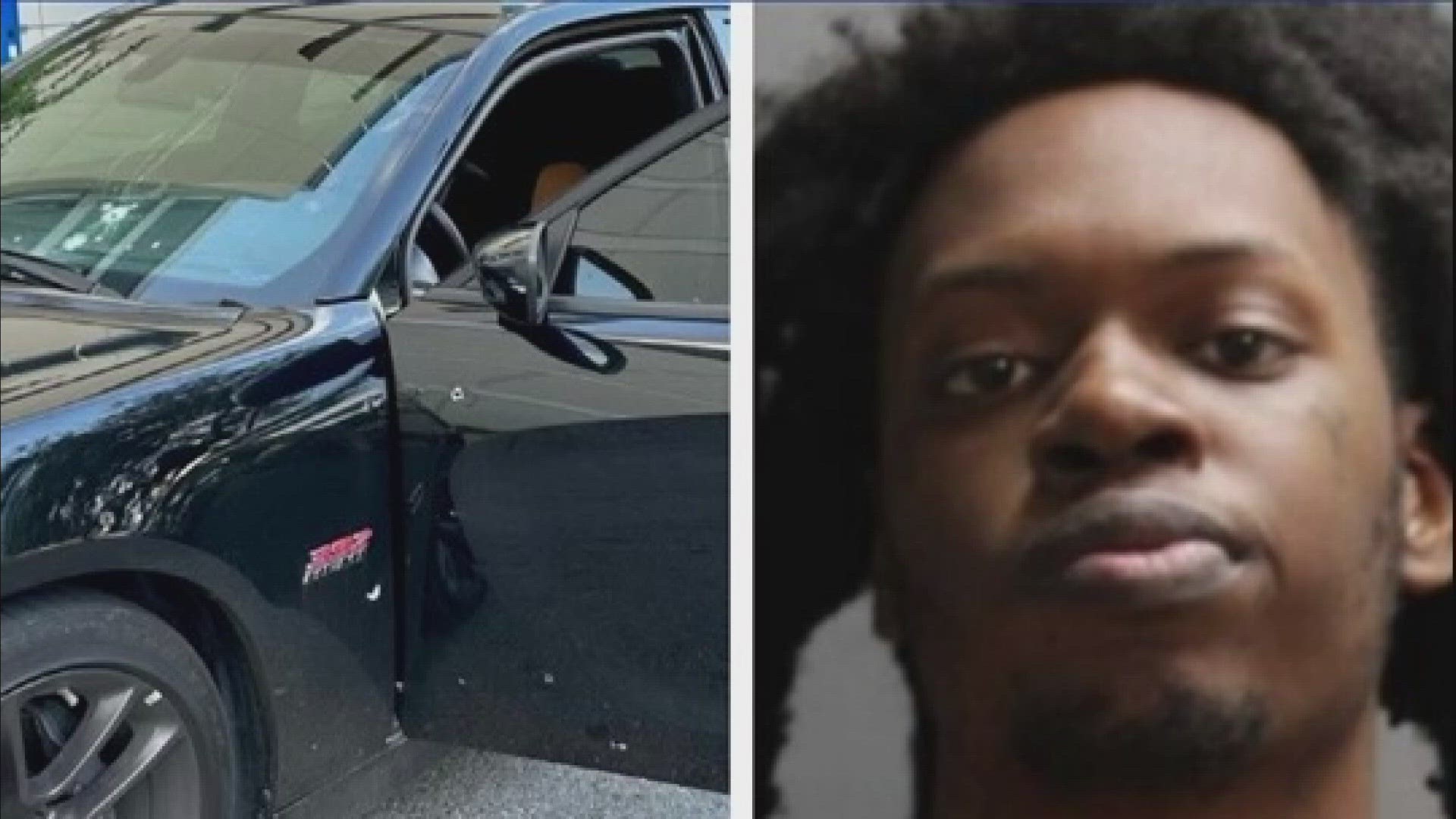Let’s talk about foolio autopsy because it’s more than just a phrase—it’s a journey into understanding the life, choices, and impacts of someone who’s left their mark. Imagine diving into a story where every decision has consequences and every action shapes the world around them. That’s what we’re doing here. Buckle up, because this ain’t just info—it’s raw, real, and ready to hit home.
When you hear the term "foolio autopsy," your mind might immediately jump to something dramatic or even morbid, but let’s flip the script. This isn’t just about dissecting a person’s life after they’re gone—it’s about learning from their journey while they’re still here. It’s about figuring out what made them tick, what went wrong, and how we can avoid those same mistakes.
We’re living in an era where stories matter more than ever. Whether it’s through social media, documentaries, or even conversations at the dinner table, the way we perceive people shapes our reality. So, why not take a closer look at foolio autopsy and see what lessons we can pull from it? Stick with me, because this is gonna be a wild ride.
- Marie Temara Leak The Untold Story Behind The Controversy
- No Me Pises Pa A Deep Dive Into The Phrase Thatrsquos Taking The World By Storm
What Exactly is Foolio Autopsy?
Alright, let’s break it down. Foolio autopsy isn’t just some fancy term—it’s a concept that’s been gaining traction in recent years. At its core, it’s about examining the decisions, behaviors, and consequences of someone who’s been labeled as a "foolio." But what does that even mean? A foolio isn’t just someone who makes mistakes; it’s someone whose actions consistently lead to negative outcomes, often due to poor judgment or lack of foresight.
Now, here’s the kicker: foolio autopsy isn’t just about pointing fingers. It’s about understanding why these patterns exist and how we can learn from them. Think of it like a roadmap to avoid becoming the next foolio in line.
Why Should You Care About Foolio Autopsy?
Here’s the deal: we’ve all met a foolio in our lives. Maybe it’s that friend who keeps making the same financial mistakes, or that colleague who always seems to pick the worst possible solutions. But here’s the thing—none of us are immune to becoming a foolio ourselves. That’s why foolio autopsy matters. It’s not just about others; it’s about self-reflection and growth.
- Cruella Morgan Leaked The Untold Story Everyones Talking About
- Sabrina Carpenter Weight And Height The Ultimate Guide
According to a study by Harvard Business Review, over 60% of workplace conflicts stem from poor decision-making. Think about that for a second. If we can learn from the mistakes of others, we can save ourselves a lot of headaches. Foolio autopsy is your cheat sheet to avoiding those pitfalls.
A Brief Biography: Who Are These Foolios Anyway?
Let’s take a moment to understand the people behind the label. Below is a quick breakdown of a hypothetical foolio, complete with some key stats:
| Name | John Doe |
|---|---|
| Age | 35 |
| Occupation | Marketing Manager |
| Key Traits | Impulsive, Short-sighted, Overconfident |
| Notable Mistakes | Investing in pyramid schemes, Burning bridges at work, Ignoring feedback |
John Doe isn’t just a name—he’s a representation of the classic foolio archetype. By studying his journey, we can better understand the behaviors that lead to downfall.
Key Lessons from Foolio Autopsy
1. The Importance of Long-Term Thinking
One of the biggest takeaways from foolio autopsy is the importance of thinking long-term. Foolios often focus on quick wins, ignoring the bigger picture. For example, they might jump into a high-risk investment without considering the potential downsides. As Warren Buffett famously said, “Do not save what is left after spending, but spend what is left after saving.”
2. The Power of Feedback
Foolios have a knack for ignoring feedback, whether it’s from colleagues, friends, or even themselves. Constructive criticism is gold, but foolios tend to see it as a personal attack. Learning to embrace feedback is a crucial step in avoiding foolio status.
3. The Danger of Overconfidence
Overconfidence is a foolio’s best friend—and worst enemy. When you believe you’re invincible, you’re setting yourself up for failure. A study by Stanford University found that overconfident individuals are more likely to make poor decisions, especially in high-stakes situations. Keep your ego in check, folks.
How to Avoid Becoming a Foolio
Now that we’ve covered the basics, let’s talk about prevention. Here are a few tips to keep you from joining the foolio club:
- Set clear goals and stick to them.
- Seek advice from trusted mentors or peers.
- Practice self-awareness and reflect on your actions regularly.
- Stay informed and adapt to changing circumstances.
Remember, becoming a foolio isn’t a one-time event—it’s a pattern of behavior. By breaking that pattern, you can avoid the pitfalls that so many others fall into.
Foolio Autopsy in the Modern World
1. Social Media Influence
In today’s digital age, social media plays a huge role in shaping perceptions. Foolios often thrive in this environment, where instant gratification and likes reign supreme. But here’s the thing: social media isn’t reality. Don’t let the highlight reels fool you into thinking that everyone else has it all figured out.
2. The Rise of Cancel Culture
Cancel culture has brought foolio autopsy to the forefront in many ways. When someone makes a mistake, the internet is quick to label them as a foolio and move on. While accountability is important, it’s also crucial to remember that everyone deserves a second chance.
Data and Statistics: The Numbers Don’t Lie
According to a survey by Gallup, over 40% of employees feel that poor decision-making is the biggest obstacle to workplace success. Another study by McKinsey found that companies with strong decision-making processes outperform their competitors by a margin of 20-30%. These numbers highlight the importance of avoiding foolio behavior in both personal and professional settings.
Real-Life Examples of Foolio Autopsy
1. The Enron Scandal
Enron Corporation was once one of the most respected companies in the world. But a series of poor decisions and unethical practices led to its downfall. The foolio autopsy of Enron teaches us the importance of transparency and integrity in business.
2. The Titanic Disaster
Who could forget the Titanic? A ship deemed "unsinkable" met its fate due to a combination of hubris and poor judgment. This foolio autopsy serves as a reminder that even the best-laid plans can go awry if we don’t account for all possibilities.
Conclusion: Are You Ready to Avoid the Foolio Trap?
Let’s recap what we’ve learned. Foolio autopsy isn’t just about dissecting someone else’s mistakes—it’s about learning from them. By focusing on long-term thinking, embracing feedback, and avoiding overconfidence, you can steer clear of the foolio trap.
So, what’s next? Take a moment to reflect on your own decisions. Are you making choices that align with your goals, or are you letting short-term gains cloud your judgment? Share your thoughts in the comments below, and don’t forget to check out our other articles for more insights.
Table of Contents
- What Exactly is Foolio Autopsy?
- Why Should You Care About Foolio Autopsy?
- A Brief Biography: Who Are These Foolios Anyway?
- Key Lessons from Foolio Autopsy
- How to Avoid Becoming a Foolio
- Foolio Autopsy in the Modern World
- Data and Statistics: The Numbers Don’t Lie
- Real-Life Examples of Foolio Autopsy
- Conclusion: Are You Ready to Avoid the Foolio Trap?
That’s a wrap, folks. Foolio autopsy isn’t just a concept—it’s a tool for growth and self-improvement. Stay sharp, stay informed, and most importantly, stay away from the foolio club. Until next time, keep it real.
- Slope 76 Unblocked The Ultimate Playground For Gaming Enthusiasts
- Katie Sigmondleaks The Untold Story Everyones Talking About

